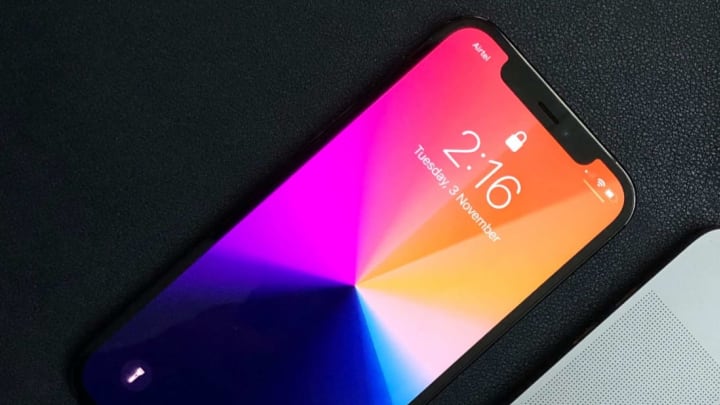Complain to a friend that your iPhone is dying, and they might advise you to activate Low Power Mode. In fact, once your battery drops to 20 percent, the iPhone itself will ask if you want to activate Lower Power Mode.
It’s generally understood that Low Power Mode will extend battery life, but many iPhone users may not know what else it entails. Here's an overview.
Your iPhone does less when it’s in Low Power Mode. Your brightness will dim, your phone will auto-lock after 30 seconds, and your connection won’t be 5G unless you start watching a video. A bunch of background processes may temporarily stop, too, which you might not even notice. If a new episode of a podcast you subscribe to comes out while you’re on Low Power Mode, it probably won’t download automatically like it usually does—automatic downloads get paused on LPM. Your apps won’t refresh on their own, either, and your photos won’t automatically upload to the cloud.
As Popular Science explains, you can override some of these features, like turning your brightness back up or opening your podcast app and manually downloading new episodes. But if you want your phone to do that stuff for you, you’ll have to switch off LPM and make peace with the fact that your battery power will dwindle a little faster.
As for how to switch it off (or on), the button is under Settings > Battery. Your phone will deactivate LPM once your battery is up to at least 80 percent power—but you can still opt to turn LPM back on yourself.
[h/t Popular Science]
